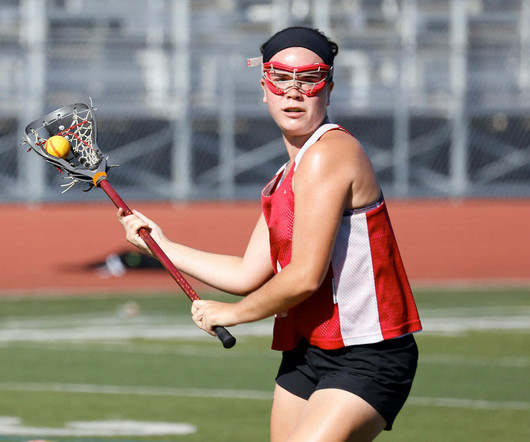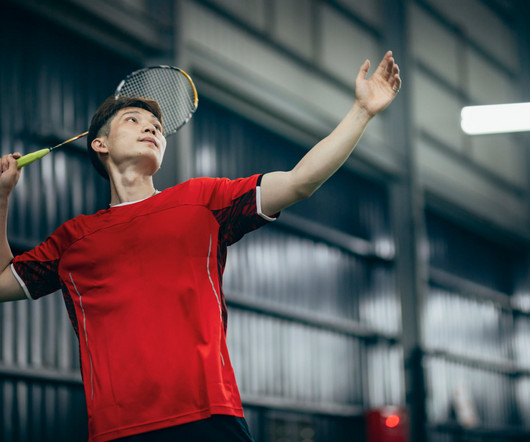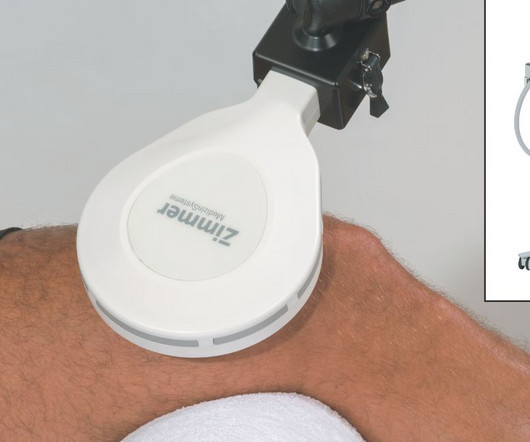Assessing and Treating Achilles Tendinopathy: A Comprehensive Guide for Evidence-Based Chiropractors
ChiroUp
NOVEMBER 27, 2024
hamstrings) is another risk factor for Achilles tendinopathy. Hallux limitus : A limitation in dorsiflexion of the first metatarsophalangeal joint has been linked to Achilles tendon pain Assessing for functional hallux limitus may help identify underlying foot stability issues. gluteus medius) and knee flexors (e.g.,
























Let's personalize your content